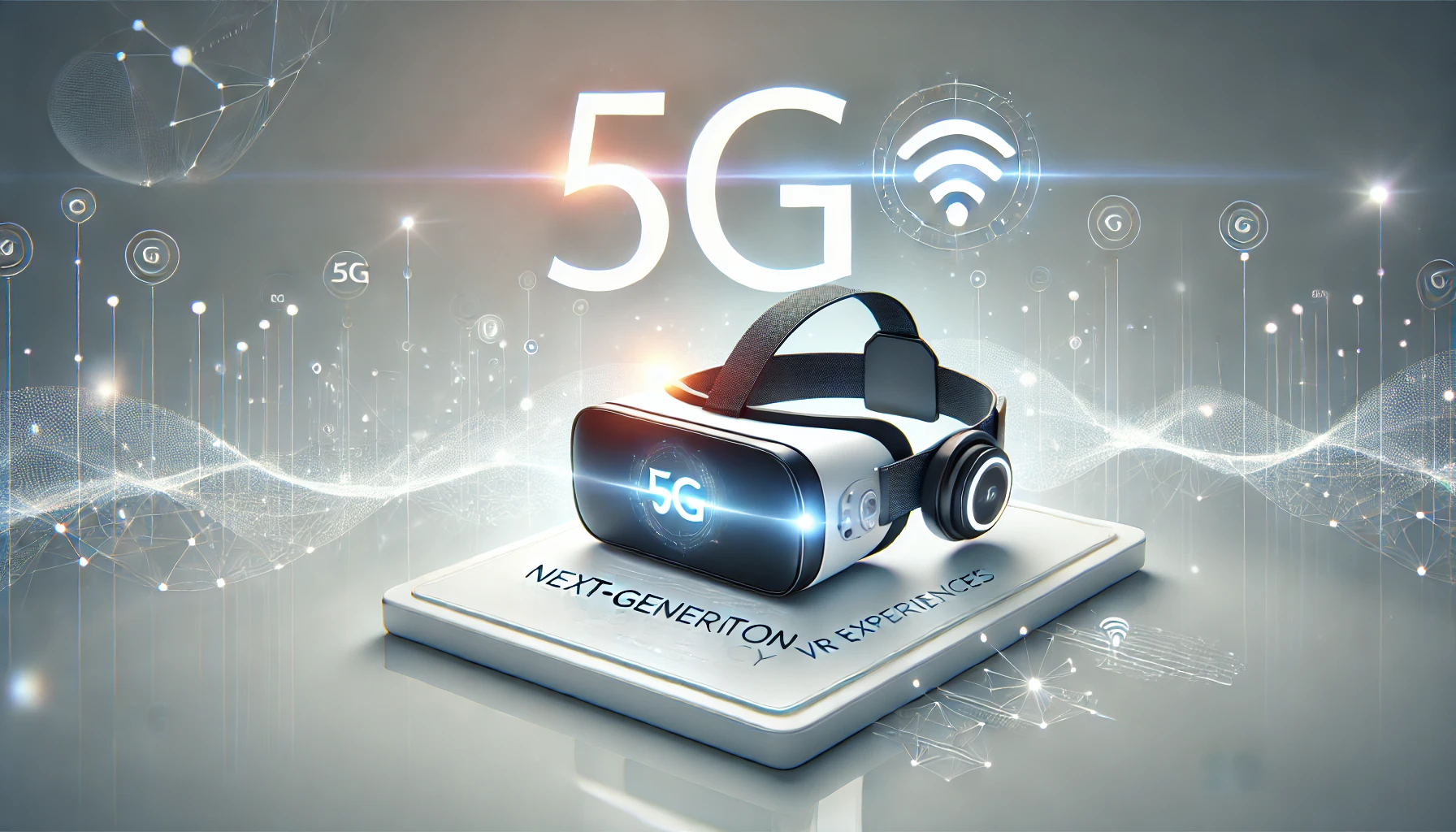5G: Enabling Next-Gen VR Experiences

The advent of 5G technology is revolutionizing virtual reality experiences by providing the high-speed, low-latency connectivity needed for seamless immersive experiences. This powerful combination is opening up new possibilities for VR applications across various industries. Let's explore how 5G is transforming the VR landscape.
Key Benefits of 5G for VR
5G technology offers several crucial advantages:
- Ultra-Low Latency: Near-instantaneous response times for real-time interactions.
- High Bandwidth: Support for high-quality graphics and video streaming.
- Reliable Connectivity: Stable connections for uninterrupted experiences.
- Mass Connectivity: Support for multiple simultaneous users.
Enhanced VR Applications
5G enables new possibilities in VR:
- Cloud VR: Access to powerful computing resources remotely.
- Mobile VR: High-quality experiences on portable devices.
- Social VR: More immersive multiplayer interactions.
- Live Events: Real-time streaming of VR content.
Industry Applications
Sectors benefiting from 5G-enabled VR:
- Healthcare: Remote surgery and medical training.
- Education: Interactive distance learning.
- Manufacturing: Remote operation and maintenance.
- Entertainment: Enhanced gaming and streaming experiences.
Technical Requirements
Key considerations for 5G VR implementation:
- Network Infrastructure: Deployment of 5G networks and edge computing.
- Device Capabilities: 5G-enabled VR hardware.
- Content Optimization: Efficient data compression and streaming.
- Quality of Service: Consistent performance metrics.
Current Challenges
Obstacles being addressed:
- 5G network coverage and availability
- Hardware cost and accessibility
- Battery life and power consumption
- Content development for 5G VR
Future Developments
Looking ahead, we can expect:
- More widespread 5G network coverage
- Advanced edge computing integration
- New VR hardware optimized for 5G
- Innovative applications across industries
The combination of 5G and VR represents a significant leap forward in immersive technology. As 5G networks continue to expand and evolve, we can expect increasingly sophisticated and accessible VR experiences that will transform how we work, learn, and interact.
